
Grasslands Too Dry for Forests; Too Wet for Deserts

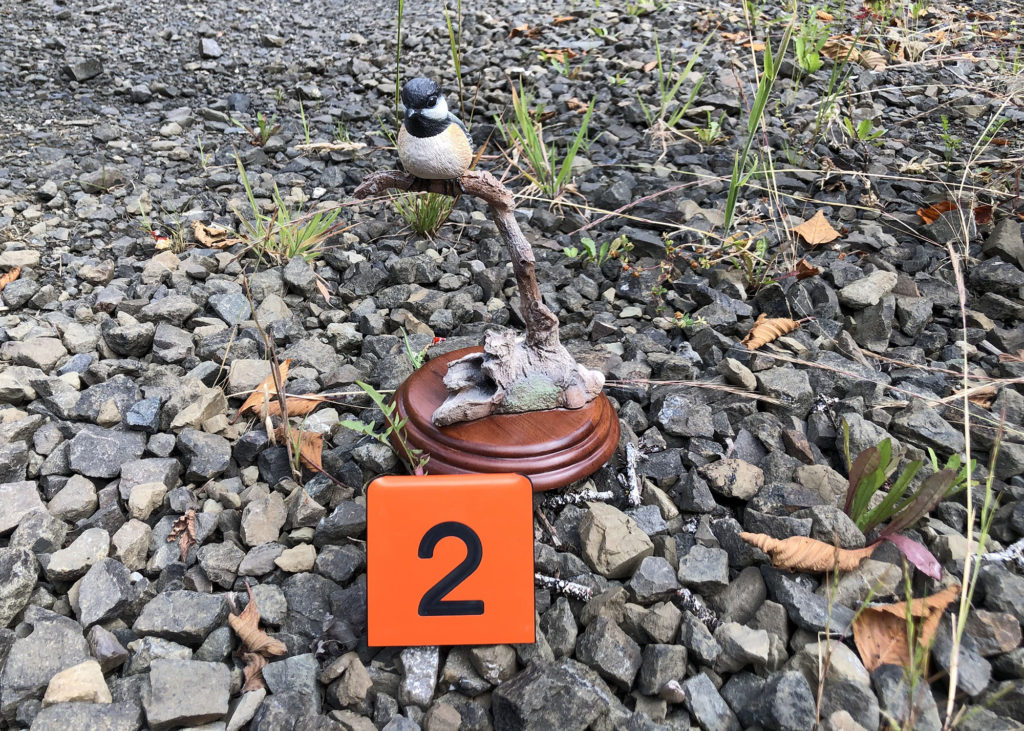
Grassland Outcomes
-
List characteristics of grass plants.
-
Describe the characteristics of temperate grasslands and tropical savannas, including the role of fire in grassland ecosystems.
-
Use field markings to identify birds.
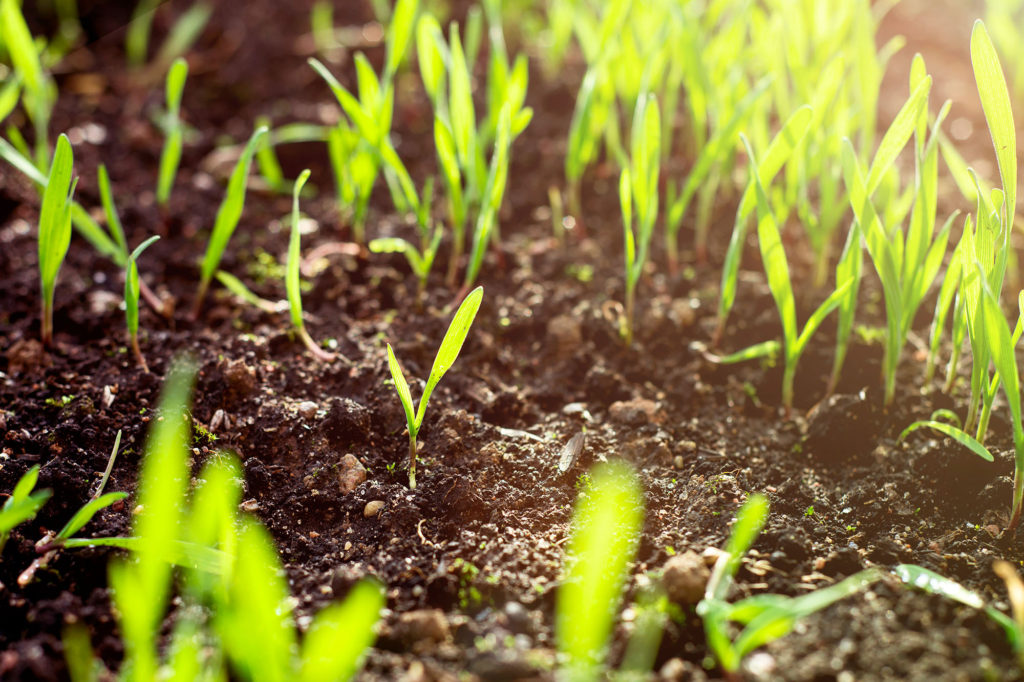
Grass plants are thousands of species classified in Family Poaceae. They typically share thin leaves (“blades”) as well as wind pollination and small flowers.
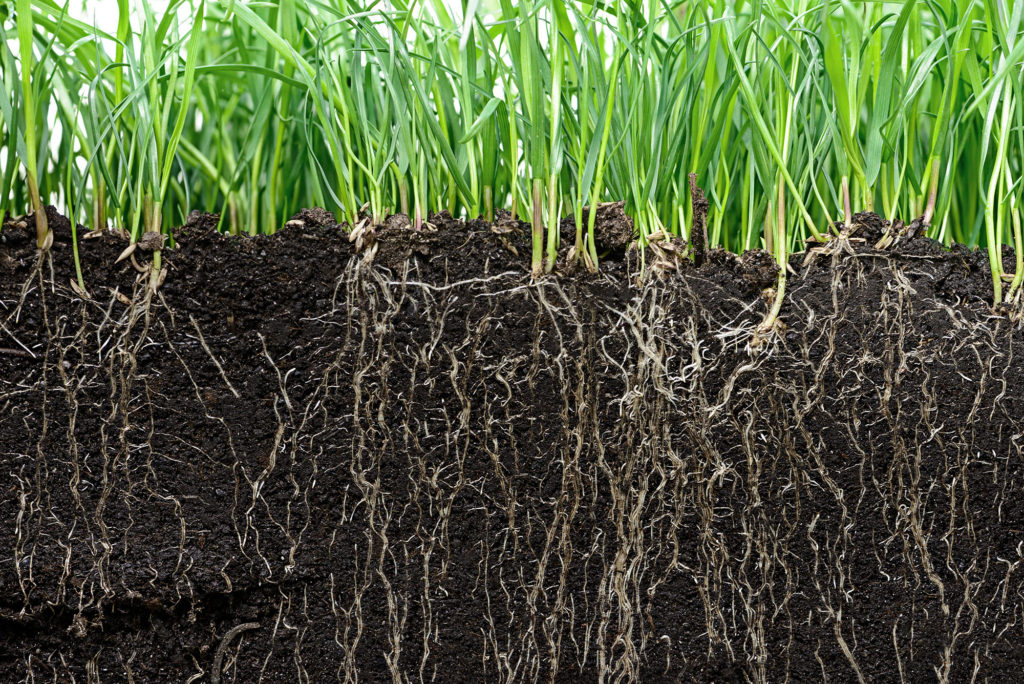
Grass plants have fibrous roots that can re-sprout blades if the plant is eaten by an herbivore, scorched by sun, or burnt by fire.
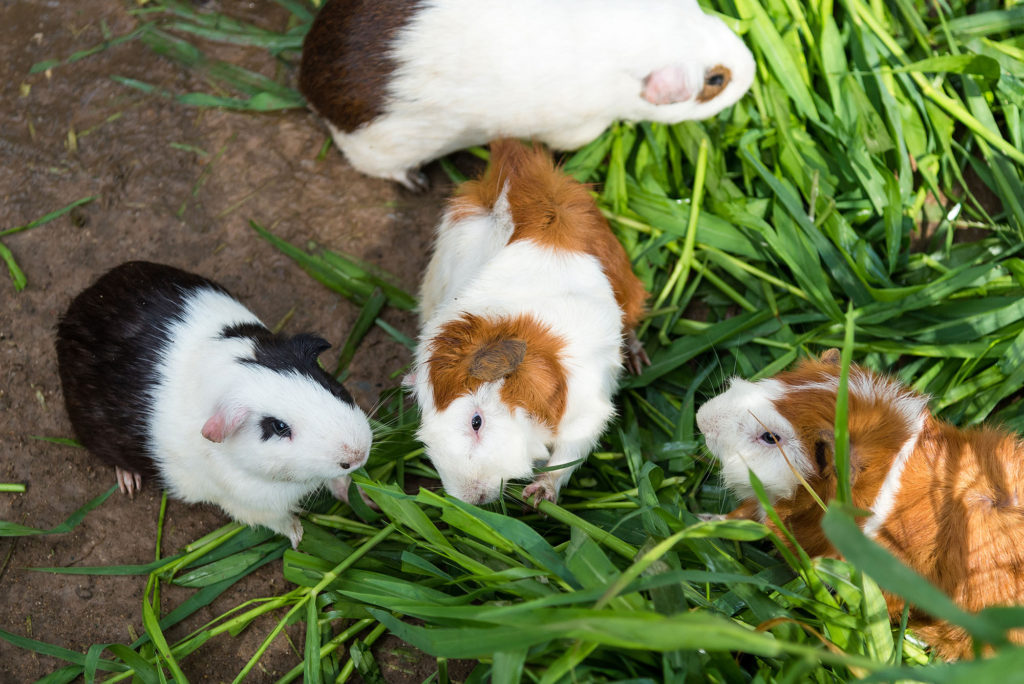
Many species of grass plants can also tolerate both flood and drought conditions.
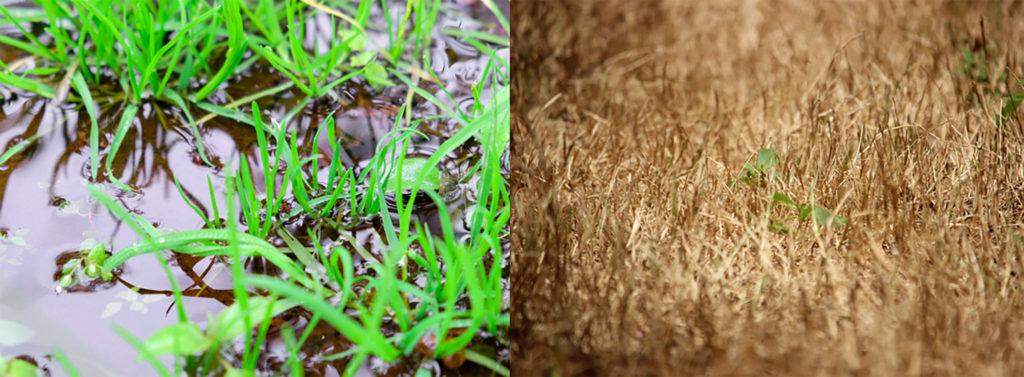

Our species directly consumes grains like wheat rice and corn, as well as sugar from sugar cane. We also eat animals that eat grasses, use grass as a building material (in bales), and as a combustible fuel.
Temperate Grasslands
Temperate, meaning “not too hot or too cold; not too hot or too dry,” grasslands are typically found in climate conditions somewhere between a desert and a forest. Much of the swaths of temperate grasslands on this general biomes map have been converted to agricultural use.

There is enough moisture for grasses, but it is too dry to sustain many, if any, trees.

Temperate grasslands have many names, including:
North America: Prairie
Asia: Steppe (these are the largest temperate grasslands, so Steppe is how much of the world refers to these ecosystems)
South Africa: Veld (also spelled veldt)
South America: Pampas

Tropical Savannas
Tropical savannas are found above and below the equator, often bordering tropical rainforests.
Savanna indicates that there are occasionally trees in the grasslands, but they typically have quite a bit of distance between them due to limited water.

Like tropical rainforests, it is warm all year, but unlike rainforests, there is a dry season and a rainy season.

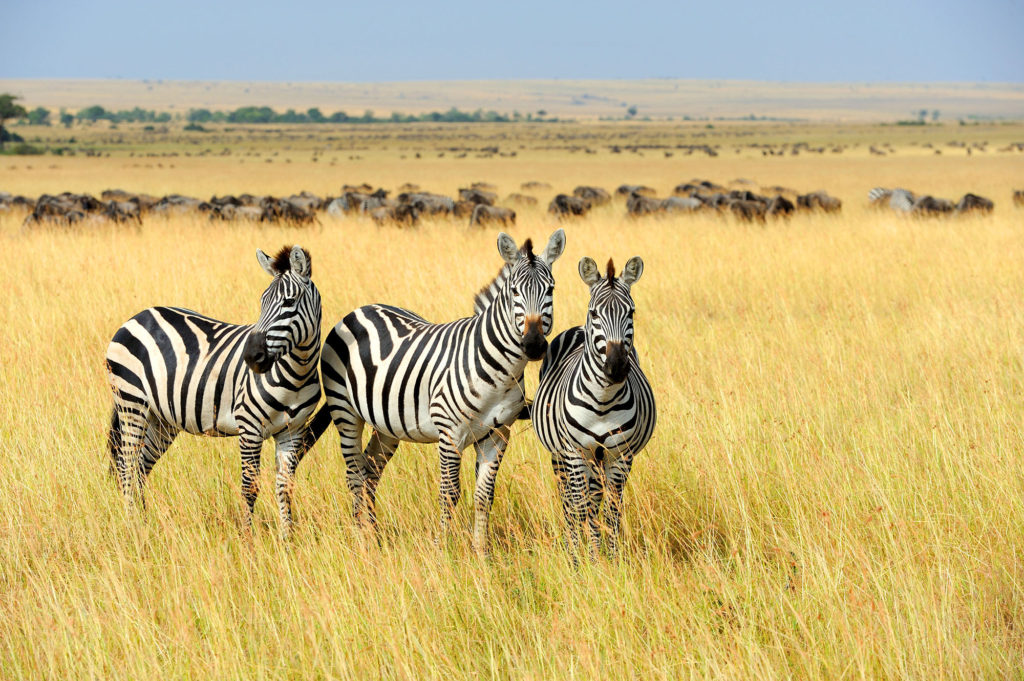
Most of the large wild herds of herbivores that grazed on temperate and tropical grasses are now gone. The exception are the large herbivores that remain in regions of the African continent.
This video describes why savannas in both temperate and tropical climates are dominated by grasses and not trees.
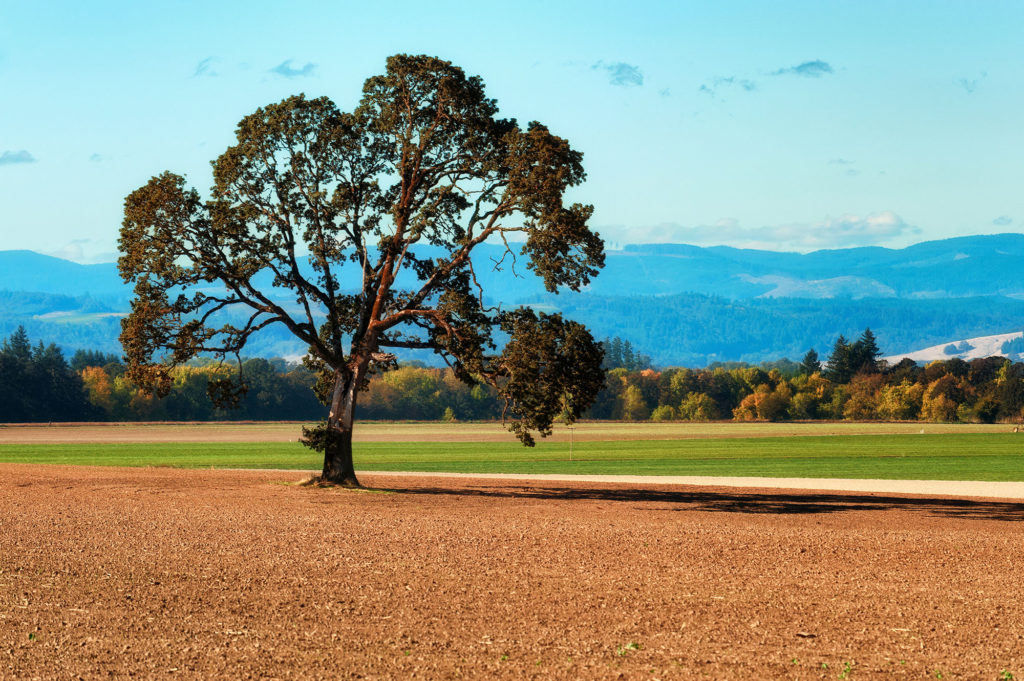
In the Willamette Valley, the temperate grassland prairie occasionally has white oak trees scattered throughout the grasses. A grassland with some trees is called a _____.
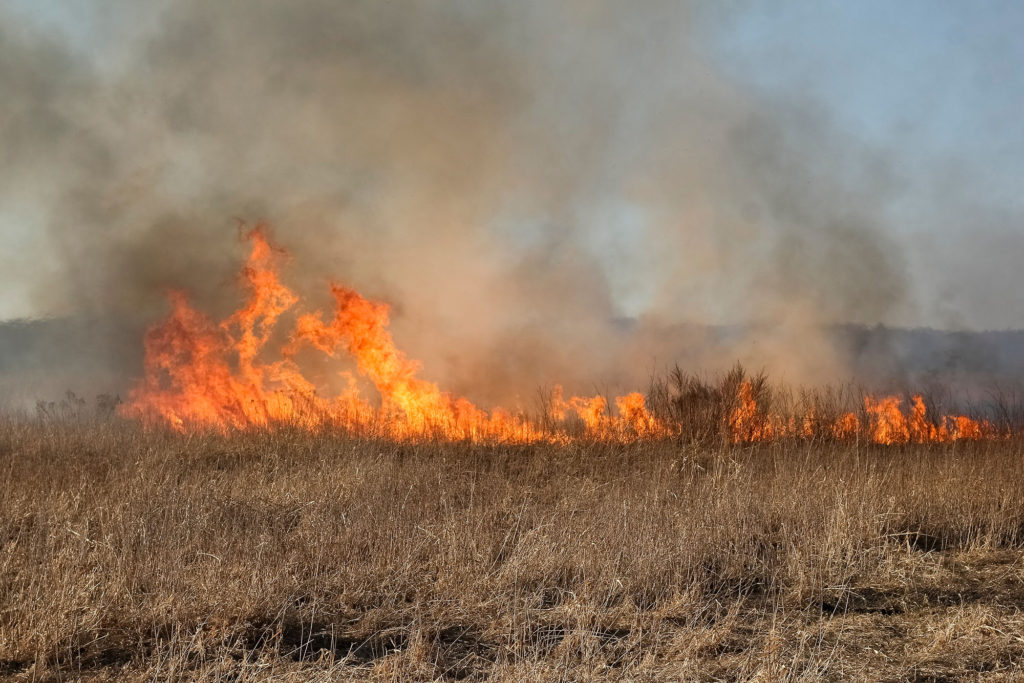
Humans have set the Willamette grasslands on fire for thousands of years. What is a possible advantage of setting these (controlled) fires?
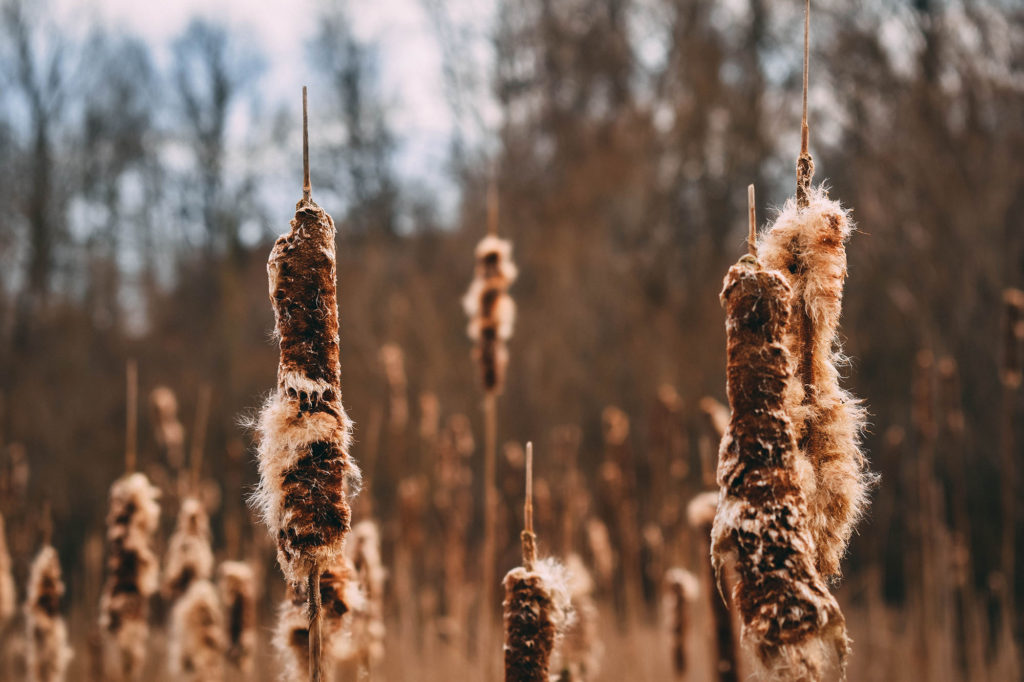
Cattail
How are the seeds of these two local species dispersed?
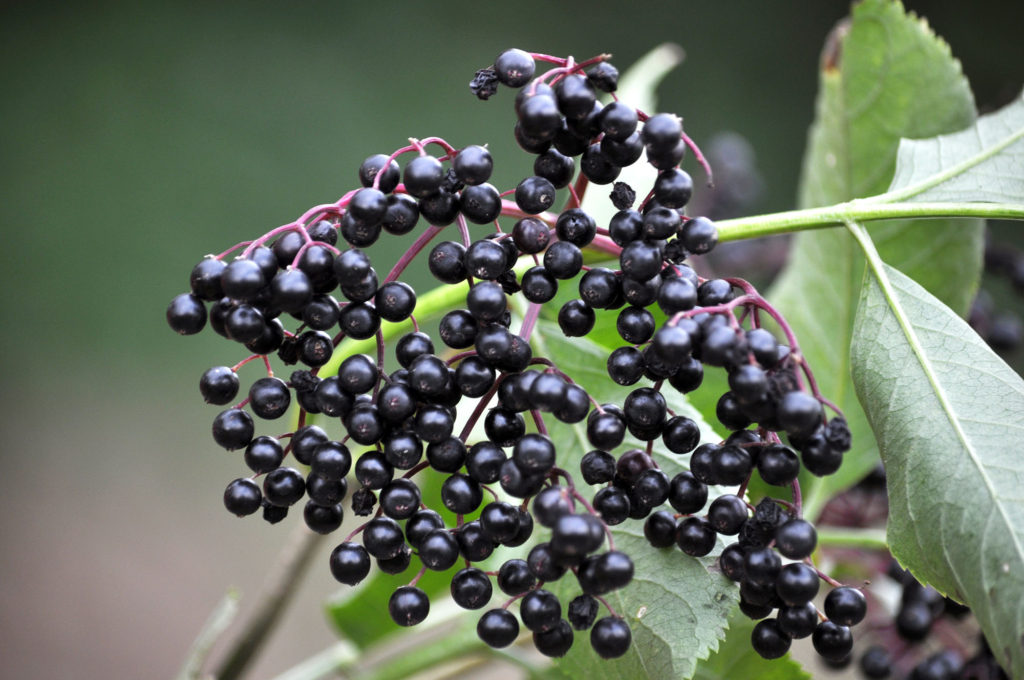
Elderberry
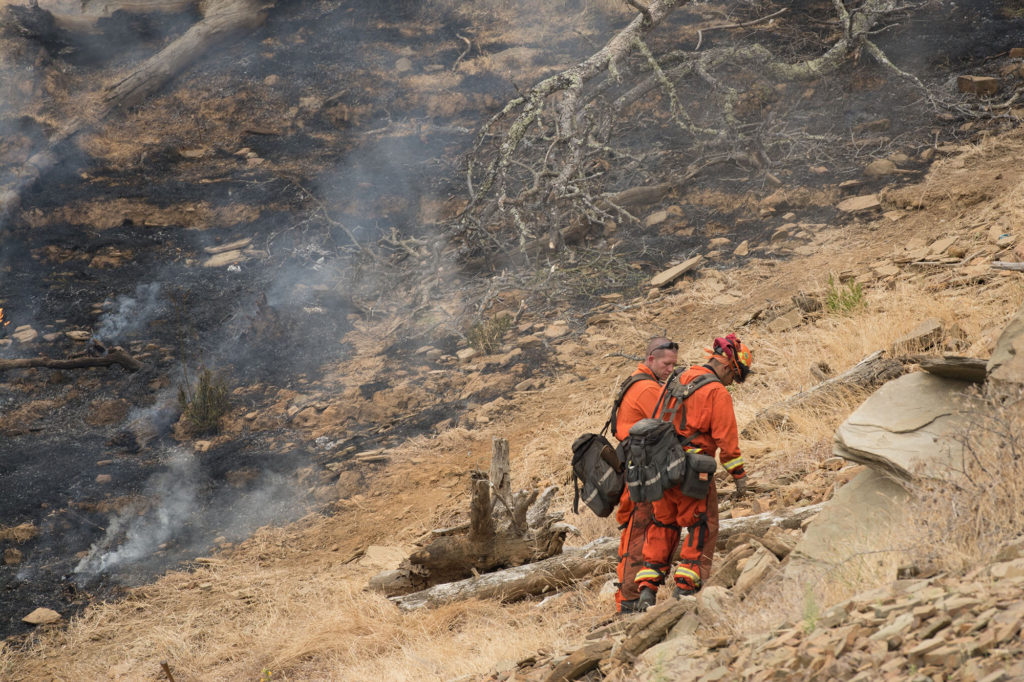
Both temperate grasslands and tropical savanna are susceptible to fires. Dry conditions combined with the fuel of dry leaves can lead to fast-burning fires.
Fires kill grass pests and also speed up recycling of nutrients back to producers.
Intermountain grasslands, like those found in California can be particularly susceptible to grassland fires as the grasses dry out in the summer and fires are flamed by high and dry fall winds.
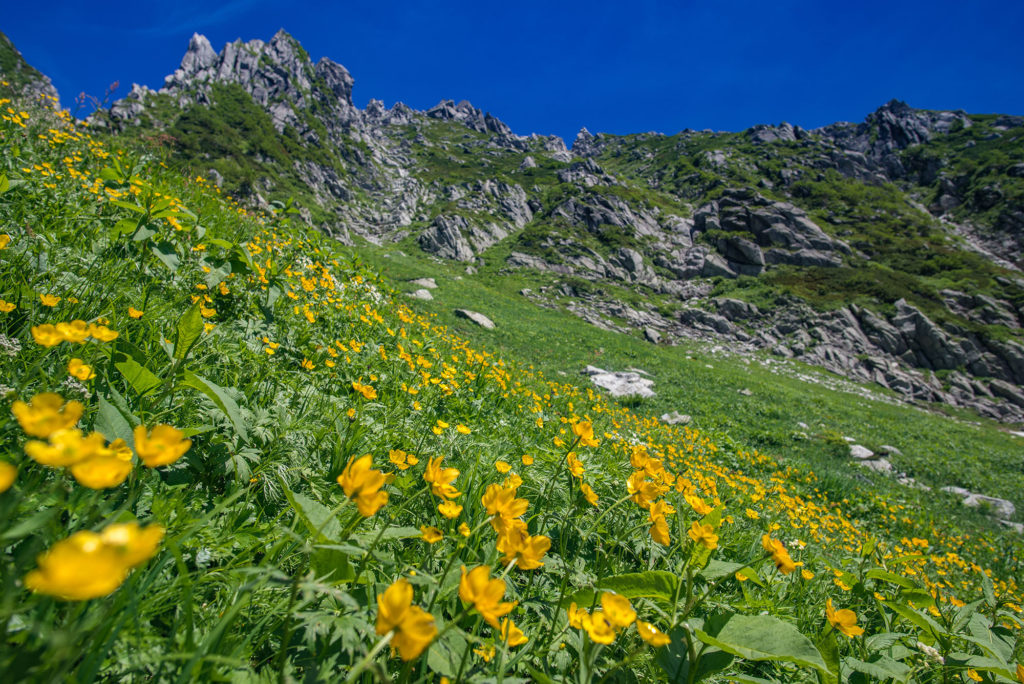
Birds
If you are searching for animals to study, birds are typically the easiest to find. Put out some seed and water, or sit quietly by a bush, and you are not alone for long. This section provides a context for birds you may encounter.
This video uses a field guide to introduce the birds you are likely to encounter.
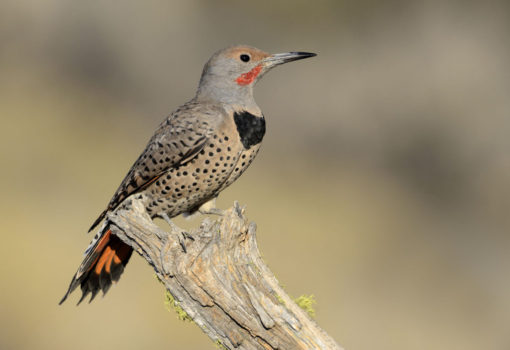
To quickly identify species, you can use and modify this set of characteristics:
-
Habitat (location)
-
Size
-
Shape
-
Field Marks (distinctive spots, stripes, colors, overall patterns, and highlights like iridescence)
-
Behavior
Field Marks Practice #1: Preserved Specimen
The easiest way to learn identification is to practice with a photograph or specimen. In this case we do not have habitat or behavioral information, unless it was provided with the specimen or in collection field notes. However size, shape and field marks can be observed.
Field Marks Practice #2: Dead Field Specimen
Even with precautions like hawk shapes taped to your glass windows, you may occasionally end up with dead birds in the garden. It is an opportunity to practice identification techniques.
Start this Guide’s second journal assignment here
Journal Page #14: Bird Observations
You will be drawing and labeling two different live birds. These can be from around your home or you can use the webcam link (live and videos) provided below. Draw from life or video instead of from a photo or another drawing.
Quickly sketch each bird as you see it, trying to capture the general shape and posture, and when it moves, you can then fill in the other information from memory. Label the following for each of the birds: approximate size, shape, field markings, and the bird’s behaviors/actions.
Use caution if you make observations outdoors; travel with a friend, be aware of your surroundings, avoid hazardous situations and restricted locations, and minimize impact on organisms and their environment.
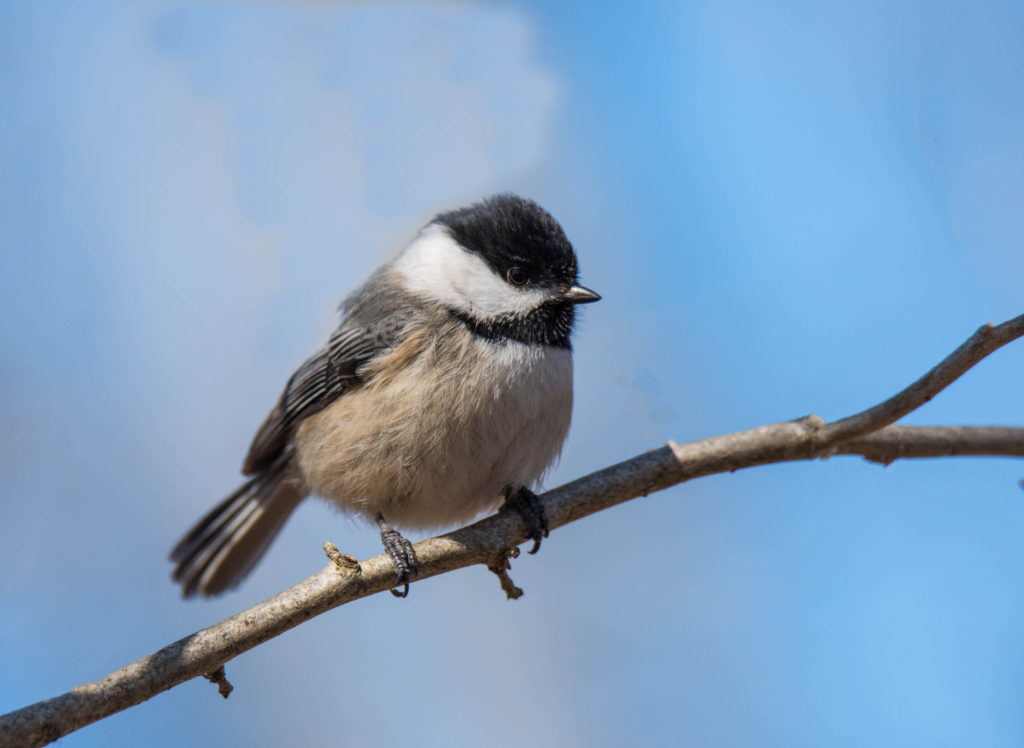
Include in each of your two labeled bird drawings:
- approximate size
- shape
- field markings (distinctive spots, stripes, colors, overall patterns, and highlights like iridescence)
- the bird’s behaviors/actions
If birds are not available in your area, the bird cams at this website work well: https://www.allaboutbirds.org/cams/
The next section heads to deserts and highlights desert organisms.
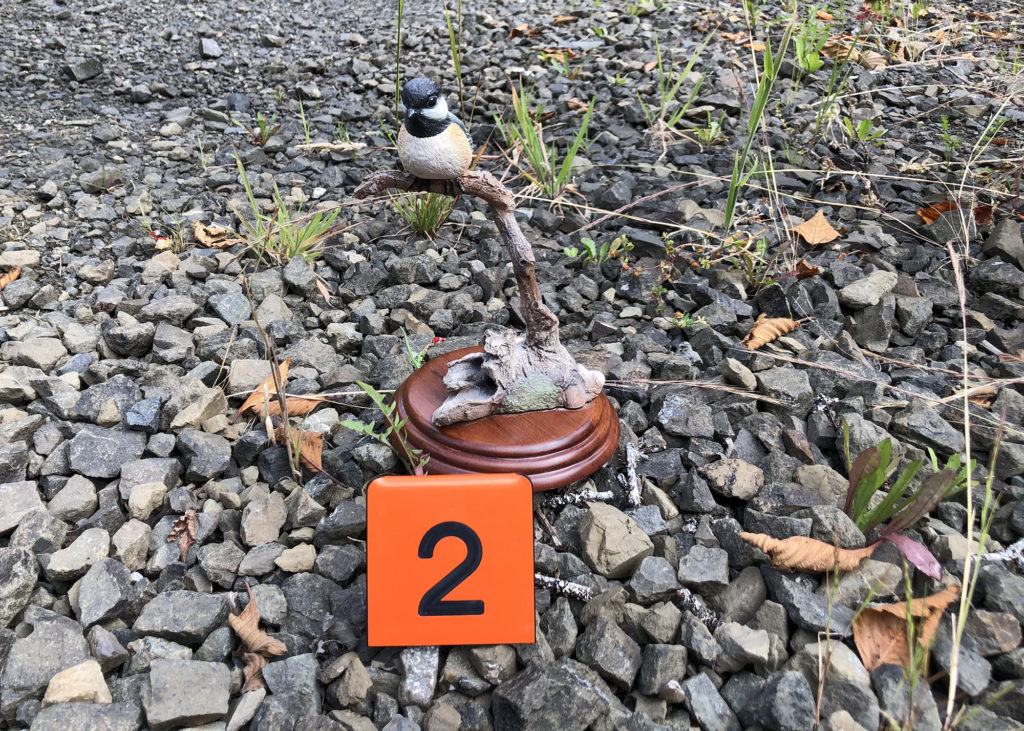
Check your knowledge. Can you:
-
list characteristics of grass plants?
-
describe the characteristics of temperate grasslands and tropical savannas, including the role of fire in grassland ecosystems?
-
use field markings to identify birds?



